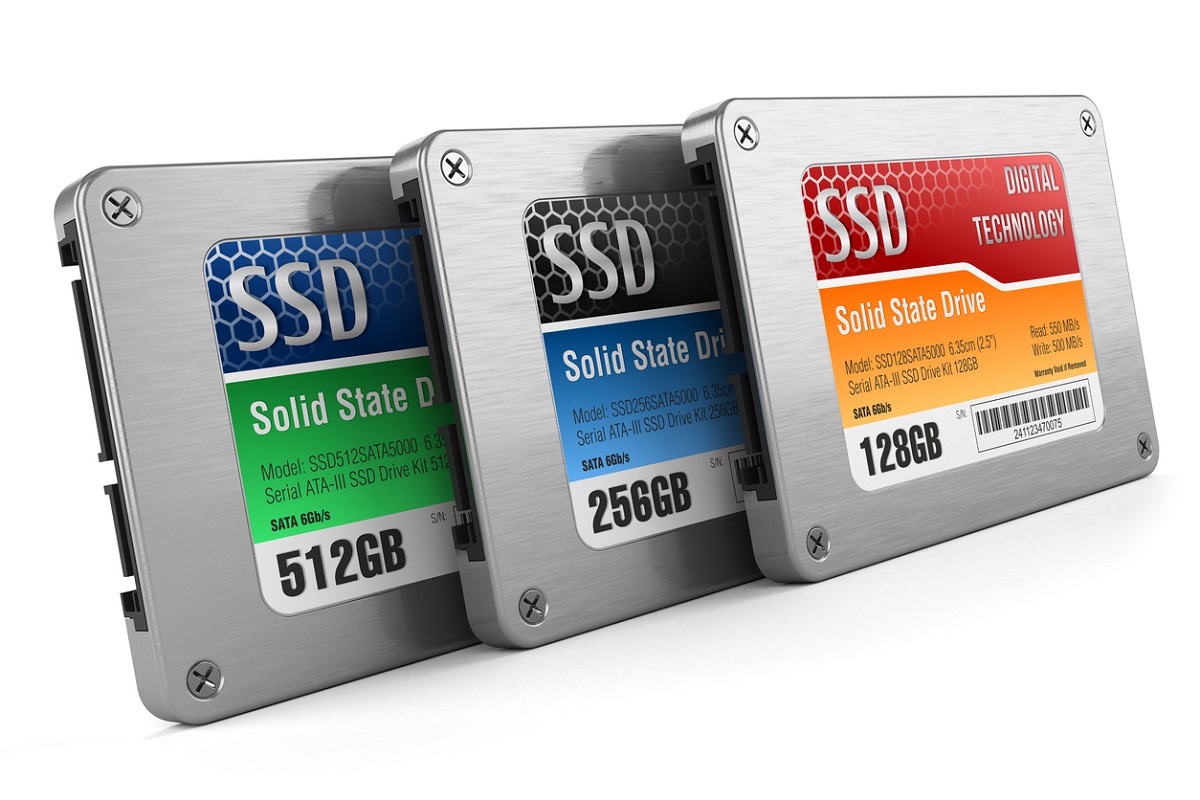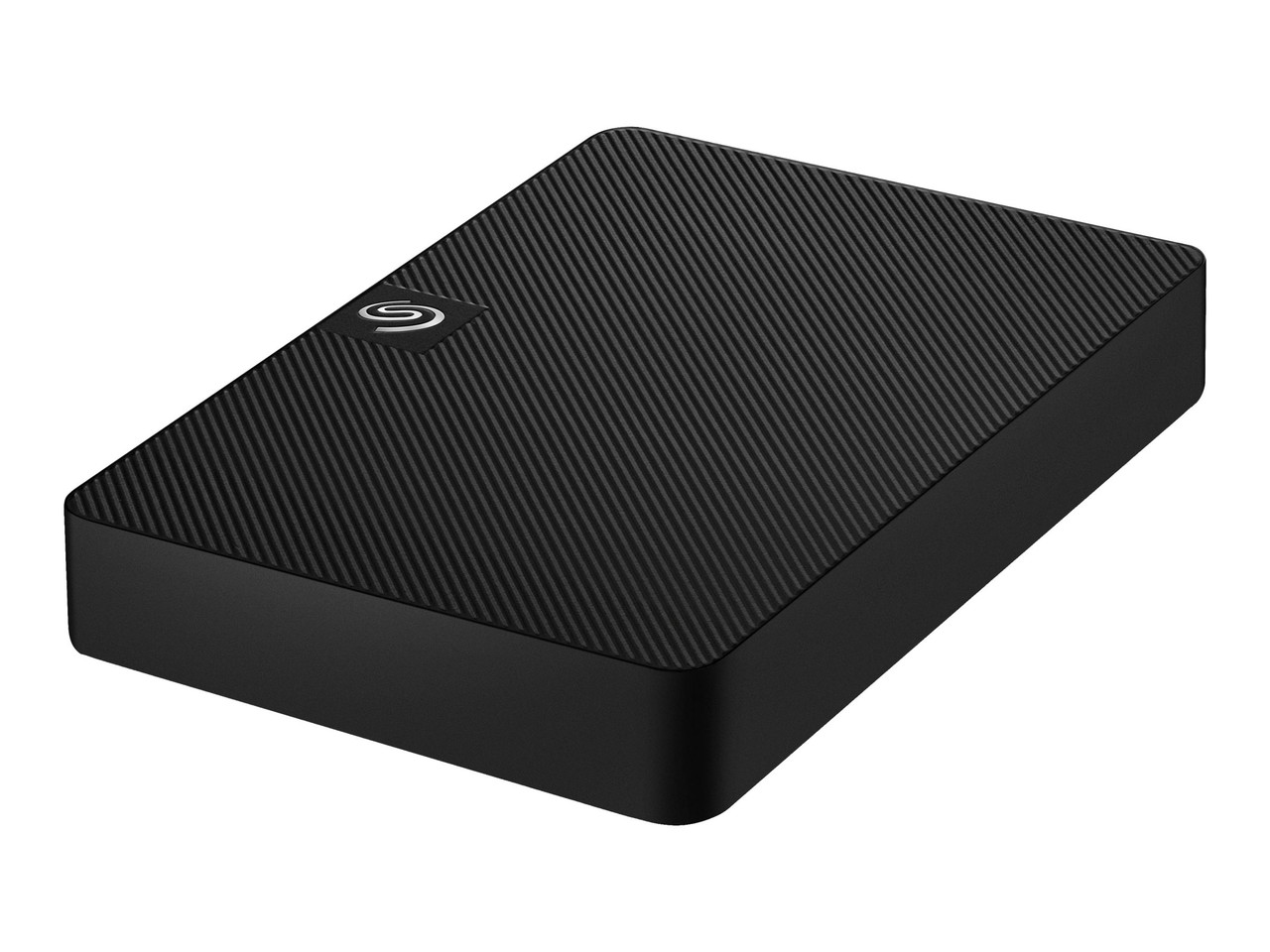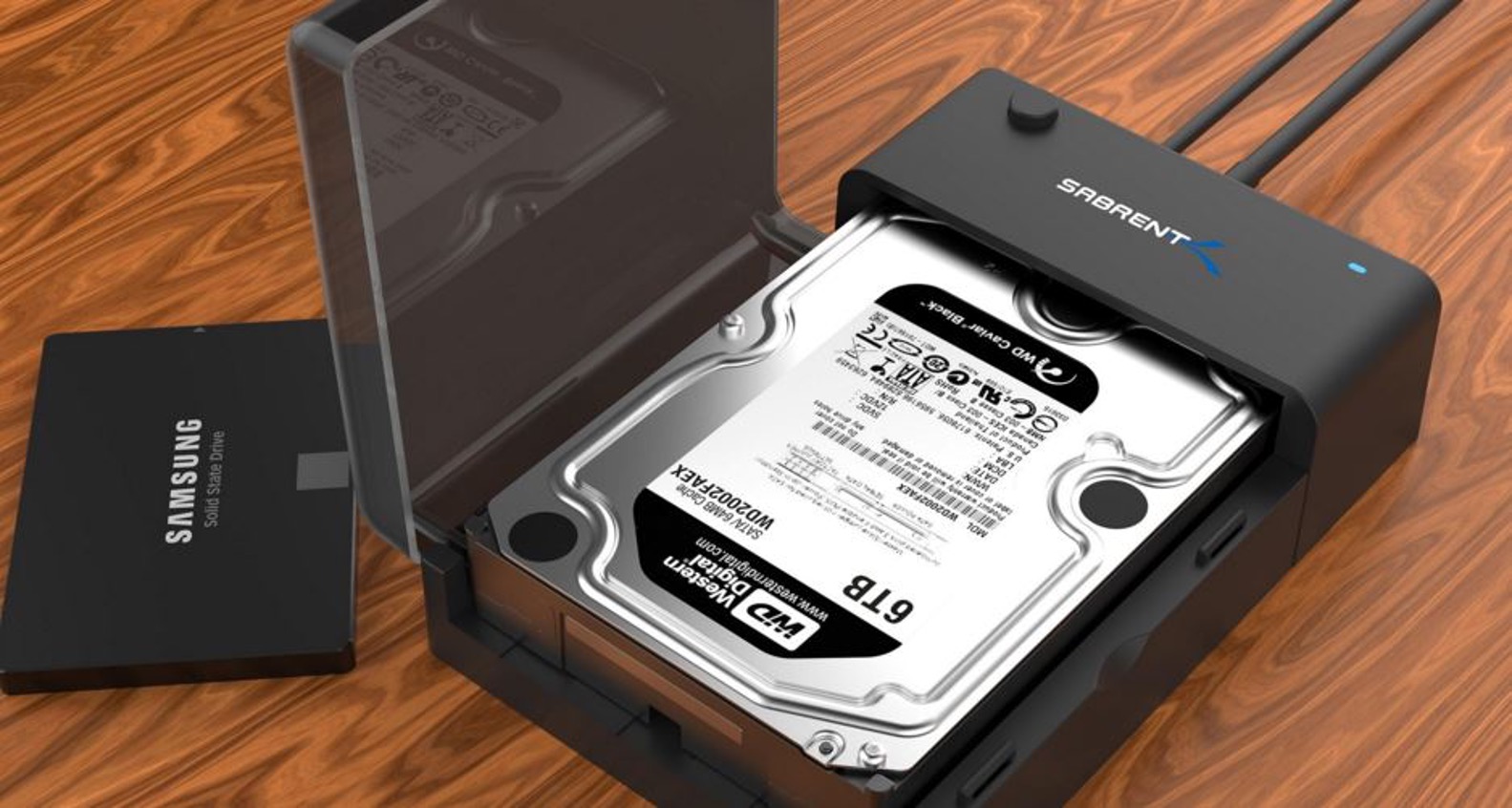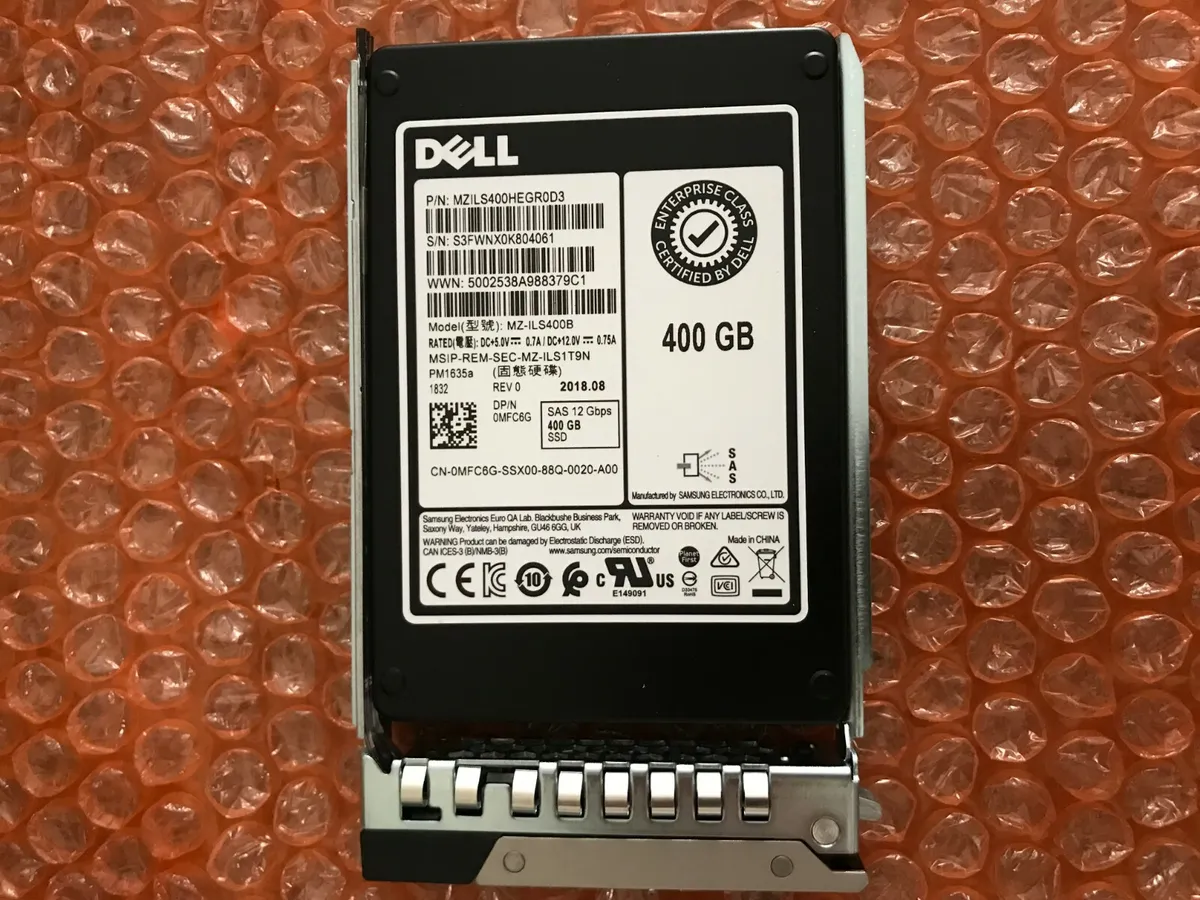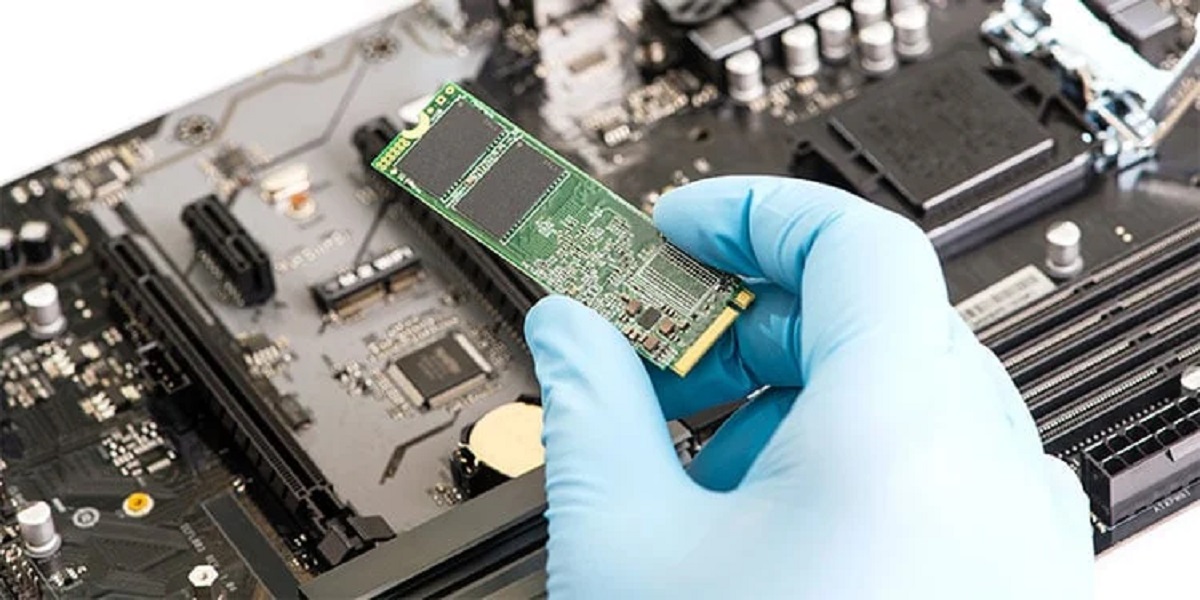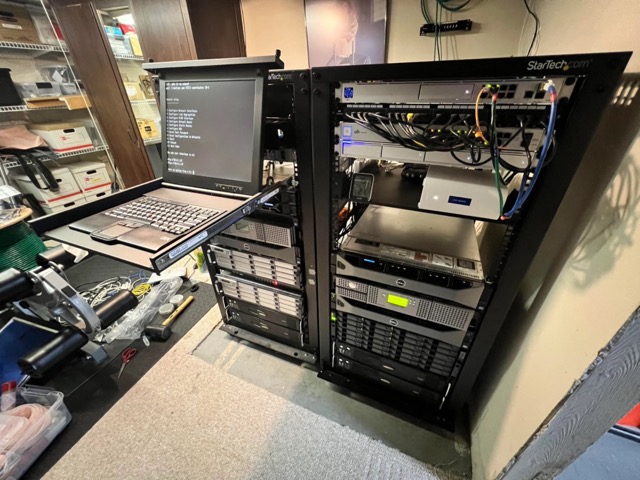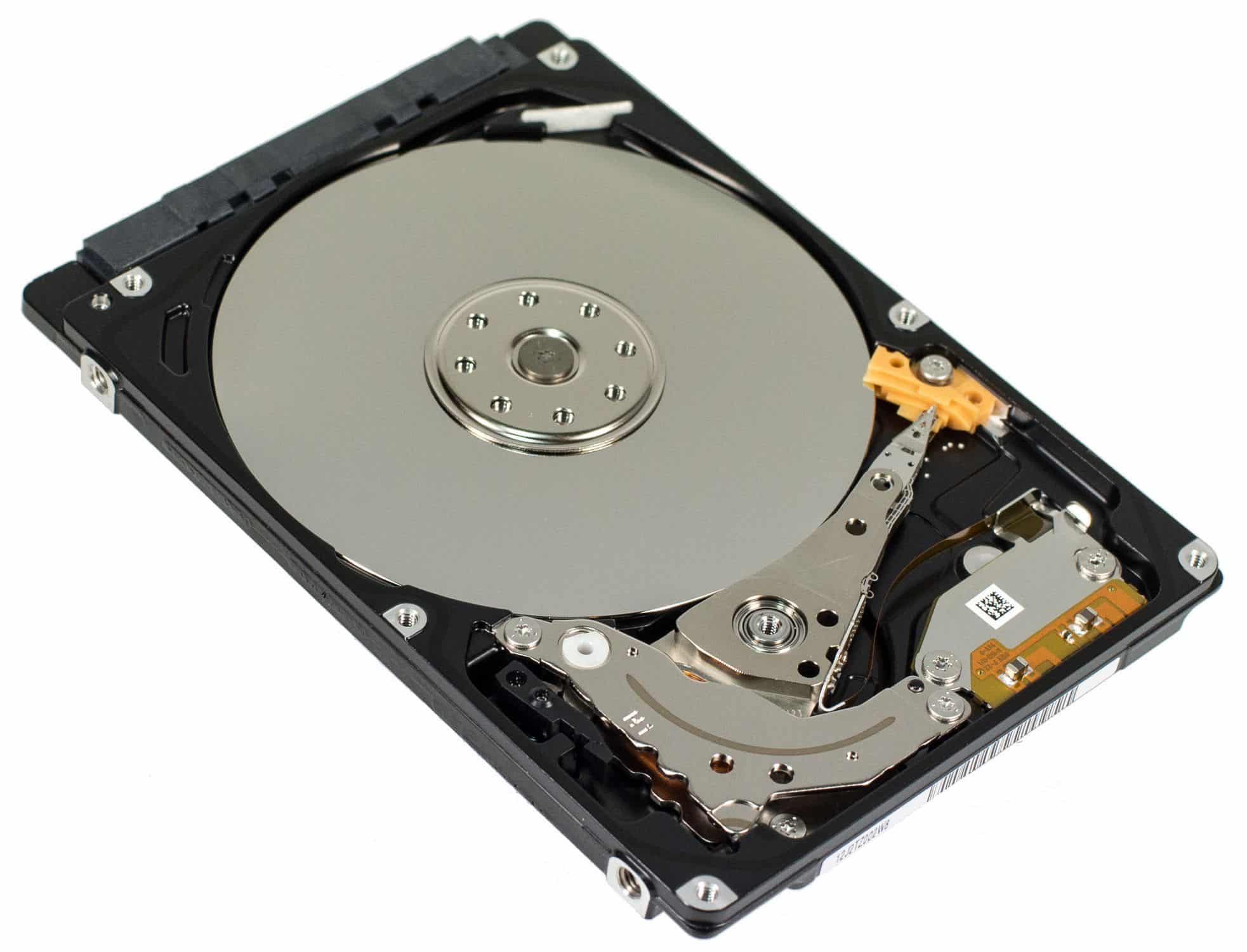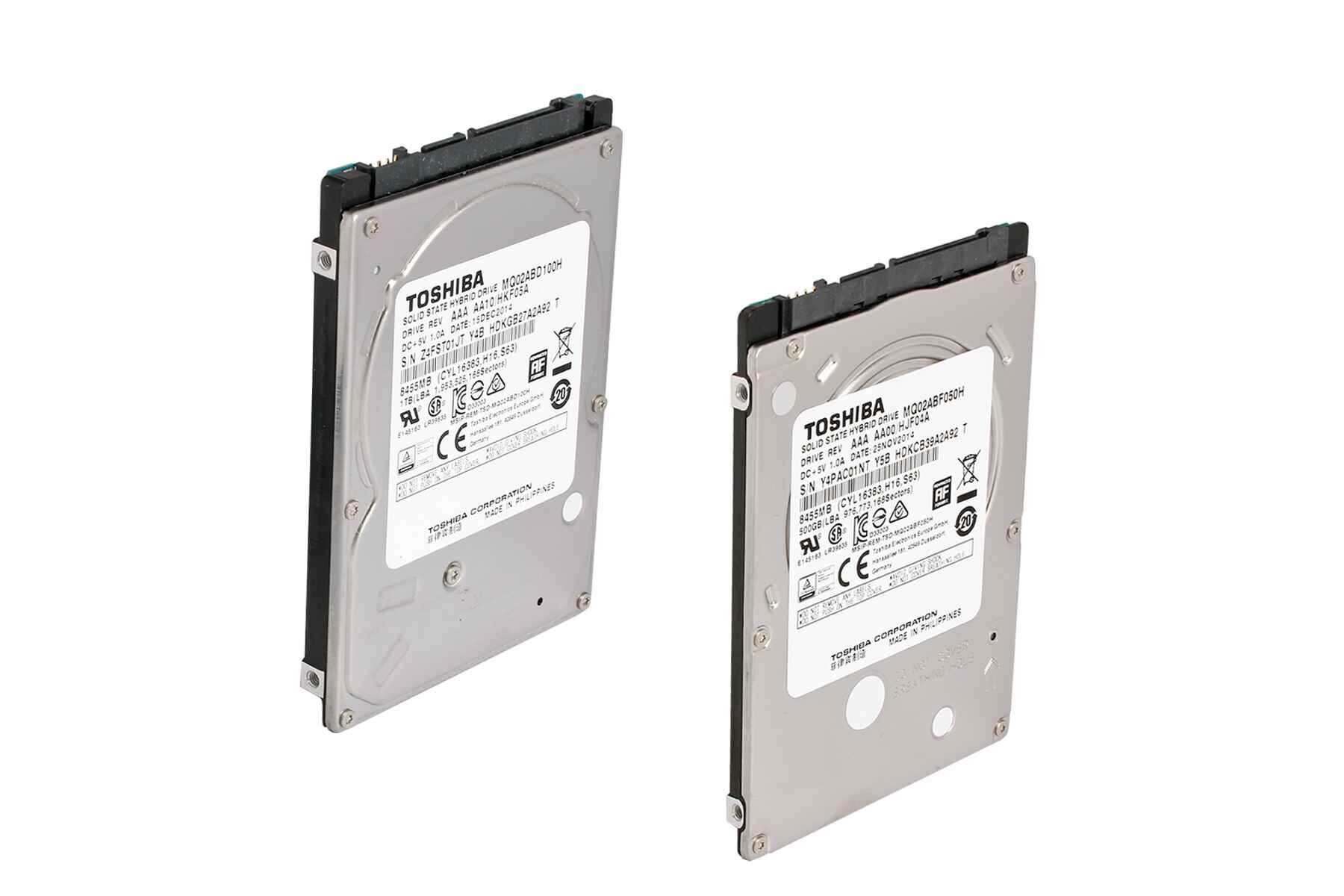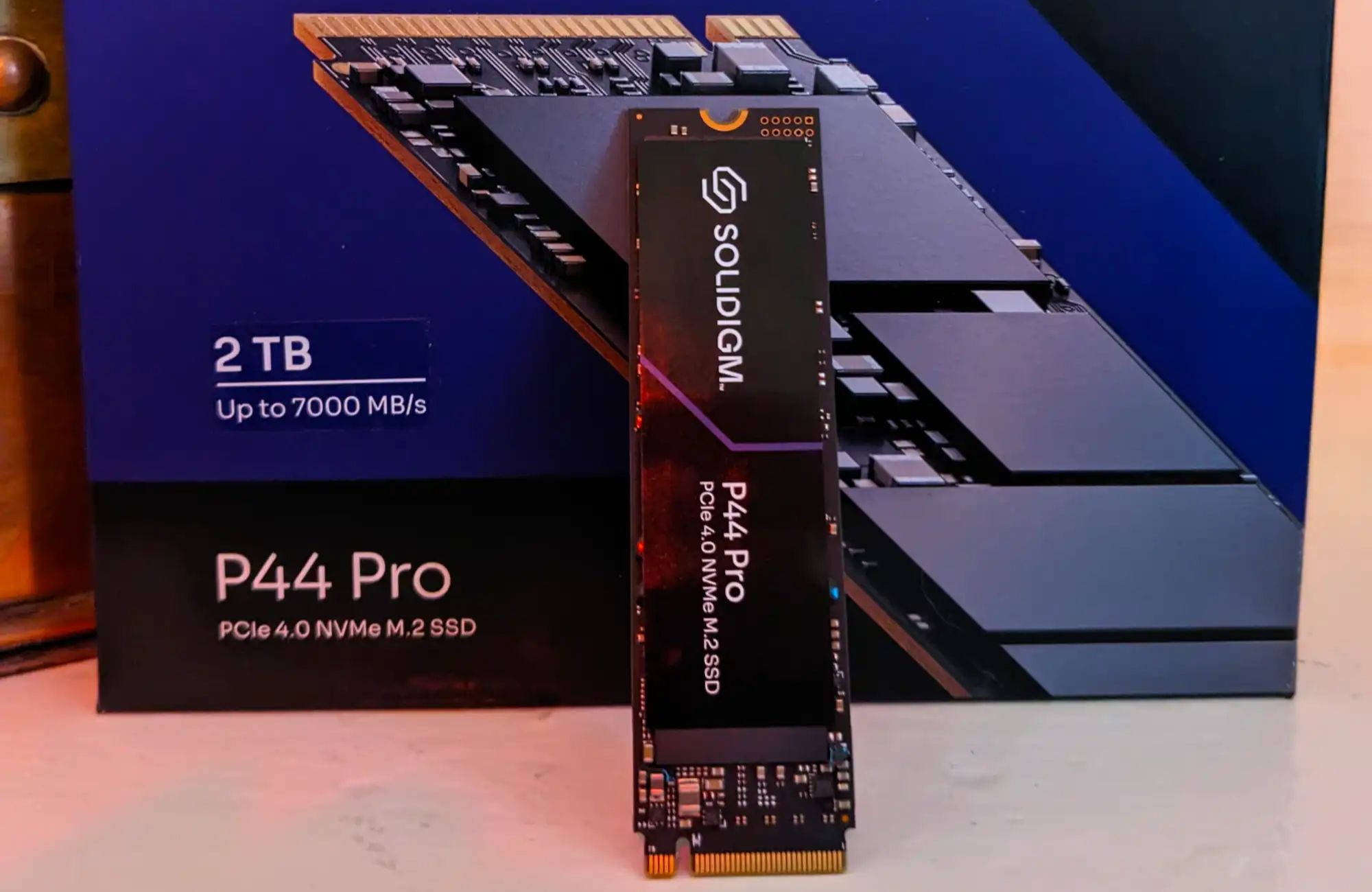Understanding SAS SSD
SAS SSD, or Serial Attached SCSI Solid State Drive, is a high-performance storage device that combines the benefits of both SAS and SSD technologies. It is designed to provide faster data transfer speeds and improved reliability compared to traditional hard disk drives (HDDs).
SAS SSDs use NAND flash memory chips to store data, similar to SATA SSDs. However, what sets SAS SSDs apart is their use of the SAS interface, which is widely used in enterprise storage systems. The SAS interface allows for higher data transfer rates and multiple device connections, making it ideal for demanding applications that require quick access to large amounts of data.
One important aspect of SAS SSDs is their dual-port functionality. This means that SAS SSDs have two independent data paths, allowing for redundancy and improved fault tolerance. In case one port fails or experiences a bottleneck, the data can still flow through the secondary port, ensuring uninterrupted data access.
Additionally, SAS SSDs often come with advanced features such as hot-plugging, which allows for easy installation and removal of drives without shutting down the entire system. This feature is particularly valuable in enterprise environments where continuous uptime is critical.
The usage of SAS SSDs is widespread in various industries. They are commonly employed in data centers, enterprise servers, and high-performance computing systems that require fast and reliable storage solutions. SAS SSDs excel in applications that demand high I/O (input/output) operations, such as transactional databases, virtualization, and real-time analytics.
Furthermore, SAS SSDs offer improved endurance and longevity compared to their consumer-grade counterparts. They are engineered for heavy workloads and can withstand rigorous usage patterns without compromising performance.
Overall, SAS SSDs offer a compelling solution for businesses that prioritize speed, reliability, and scalability in their storage infrastructure. By leveraging the power of SAS and SSD technologies, these drives provide a well-rounded storage solution for demanding enterprise environments.
Advantages of SAS SSD
SAS SSDs offer several advantages that make them an attractive choice for enterprise storage solutions:
- High Performance: SAS SSDs deliver superior performance compared to traditional HDDs, allowing for faster data access, reduced latency, and improved overall system responsiveness. This is crucial for applications that require high I/O operations and can significantly enhance productivity.
- Reliability and Endurance: SAS SSDs come with advanced controller technologies and wear-leveling algorithms that ensure data integrity and prolonged lifespan. With their robust design and higher tolerance for heavy workloads, SAS SSDs are more reliable and can handle intense usage patterns without compromising performance.
- Dual-Port Functionality: The dual-port design of SAS SSDs provides redundant data paths, enhancing fault tolerance and ensuring continuous data availability. In the event of a port failure or congestion, data can seamlessly switch to the secondary port, reducing the risk of downtime and data loss.
- Scalability: SAS SSDs offer excellent scalability options, allowing organizations to expand their storage capacity easily. The SAS interface supports multiple device connections, making it simple to add more drives and increase storage capabilities as needed.
- Hot-Plugging: SAS SSDs support hot-plugging, enabling drives to be inserted or removed while the system is running. This feature is crucial in enterprise environments where uninterrupted operations are essential, as it eliminates the need for system shutdowns and minimizes downtime during equipment upgrades or maintenance.
- High Compatibility: SAS SSDs are widely compatible with existing SAS infrastructure and storage systems. They can seamlessly integrate with SAS controllers, backplanes, and cabling, making them an easy and flexible upgrade option for organizations with established SAS environments.
By harnessing these advantages, SAS SSDs provide businesses with a storage solution that offers high performance, reliability, scalability, and compatibility. This makes them a compelling choice for enterprise applications that demand fast and dependable data storage and access.
Disadvantages of SAS SSD
While SAS SSDs offer numerous advantages, it is important to consider the potential disadvantages before implementing them in an enterprise storage infrastructure:
- Cost: SAS SSDs can be more expensive compared to SATA SSDs or traditional HDDs. The advanced technology and design features of SAS SSDs contribute to their higher price point, which may be a limiting factor for organizations operating on a tight budget.
- Power Consumption: SAS SSDs typically consume more power compared to SATA SSDs. This higher power requirement can impact energy efficiency and increase operational costs, especially in large-scale deployments where numerous SAS SSDs are utilized.
- Compatibility: While SAS SSDs are compatible with SAS infrastructure, they may not be compatible with all systems. Organizations must ensure that their servers, storage controllers, and other components fully support SAS SSDs before incorporating them into their setup.
- Limited Capacity Options: SAS SSDs generally offer lower capacity options compared to SATA SSDs. This limitation can be a drawback for organizations requiring extensive storage capabilities without compromising on performance.
- Overall Storage Balance: Depending on the specific use case, SAS SSDs may not be the optimal choice for every storage scenario. For example, workloads that primarily involve sequential reads and writes may not benefit significantly from the faster random access speeds of SAS SSDs, making them a less cost-effective option in such cases.
It is essential for organizations to carefully evaluate their storage needs and consider the specific requirements of their applications before deciding to implement SAS SSDs. While the disadvantages mentioned above should be taken into account, they should not overshadow the numerous advantages that SAS SSDs provide in terms of performance, reliability, and scalability.
How SAS SSD Works
SAS SSDs combine the underlying technologies of SAS and SSD to deliver high-performance storage solutions. Understanding how SAS SSDs work can provide insights into their functionality and benefits.
SAS SSDs utilize NAND flash memory chips to store data. These chips have no moving parts, allowing for faster read and write operations compared to traditional hard disk drives (HDDs). The data stored in NAND flash memory is accessed electronically, which significantly reduces access times and latency.
The SAS interface plays a crucial role in connecting SAS SSDs to the storage system. It enables the transfer of data between the SSDs and other components, such as the storage controller. The SAS interface supports higher data transfer rates and provides additional features like dual-port functionality, which allows for redundant data paths and enhanced fault tolerance.
Inside a SAS SSD, there are multiple NAND flash memory chips organized into memory blocks. These blocks are further divided into pages, where data can be read from or written to. To improve performance and prolong the lifespan of the SSD, wear-leveling algorithms are applied. This technique ensures that data is evenly distributed across the memory blocks, minimizing the wear on any particular block and maximizing the overall lifespan of the SSD.
SAS SSDs come with an embedded controller that manages the data transfer process and handles tasks such as error correction, garbage collection, and wear-leveling. The controller plays a crucial role in ensuring data integrity, maintaining optimal performance, and extending the lifespan of the SSD.
When data is requested, the storage controller communicates with the SAS SSD through the SAS interface. The SSD’s controller retrieves the requested data from the NAND flash memory and delivers it back to the storage controller. This process is performed at a much faster speed than traditional HDDs, resulting in improved overall system performance.
SAS SSDs also support advanced features like hot-plugging, allowing for the insertion or removal of drives while the system is operational. This feature adds flexibility and convenience, minimizing downtime during maintenance procedures.
In summary, SAS SSDs leverage NAND flash memory and the SAS interface to deliver high-performance storage solutions. The SSD’s controller, wear-leveling algorithms, and advanced features contribute to faster data access, improved reliability, and enhanced storage efficiency.
Use Cases for SAS SSD
SAS SSDs are widely used in various industries and applications where fast and reliable storage solutions are essential. Some common use cases for SAS SSDs include:
- Data Centers: SAS SSDs are a popular choice for data centers that require high-performance storage solutions. They excel in handling workloads of virtualized servers, database systems, and big data analytics platforms. The fast data transfer speeds and low latency of SAS SSDs enable quick access to critical data, resulting in improved performance and responsiveness for data center operations.
- Enterprise Servers: Enterprise servers that require fast and reliable storage benefit from SAS SSDs. These drives can handle the demanding workloads of enterprise applications such as email servers, file servers, and collaboration platforms. The dual-port functionality of SAS SSDs ensures continuous data availability, reducing the risk of downtime and data loss.
- High-Performance Computing (HPC): HPC systems rely on SAS SSDs to provide the speed and performance necessary for complex simulations, scientific research, and data analysis. The fast random access speeds and high I/O operations of SAS SSDs significantly enhance computational performance and reduce processing times in these environments.
- Content Delivery Networks (CDNs): CDNs that handle large amounts of web content and media files benefit from the fast read and write operations of SAS SSDs. By storing frequently accessed content on SAS SSDs, CDNs can deliver data more quickly, resulting in improved user experience and faster content delivery to end users.
- Financial Services: SAS SSDs are widely used in financial services where real-time transaction processing and data analysis are critical. High-speed data access and low latency provided by SAS SSDs enable quick processing of financial transactions, risk analysis, and algorithmic trading.
- Video Surveillance: SAS SSDs are suitable for video surveillance systems that require continuous recording and quick access to footage. These drives can efficiently handle multiple video streams, ensuring smooth recording, playback, and retrieval of surveillance footage, even in high-resolution setups.
These use cases highlight the versatility of SAS SSDs in various industries and applications that require fast, reliable, and scalable storage solutions. The high performance, fault tolerance, and compatibility of SAS SSDs make them a valuable choice for organizations looking to optimize their data storage and access capabilities.
SAS SSD vs SATA SSD
When it comes to solid state drives (SSDs), two commonly used interfaces are SAS (Serial Attached SCSI) and SATA (Serial ATA). While both SAS SSDs and SATA SSDs offer the benefits of fast data access and improved reliability compared to traditional hard disk drives (HDDs), there are key differences between the two:
- Performance: SAS SSDs typically provide higher performance compared to SATA SSDs. The SAS interface supports higher data transfer rates and offers more advanced features like command queuing and dual-port functionality. This allows SAS SSDs to handle larger workloads, improve responsiveness, and deliver faster read and write speeds, making them ideal for high-performance enterprise applications.
- Scalability: SAS SSDs have better scalability options compared to SATA SSDs. The SAS interface supports multiple device connections, allowing for easy expansion of storage capacity. This makes SAS SSDs more suitable for data-intensive applications and environments where scalability is crucial.
- Reliability: SAS SSDs are designed for enterprise-class environments and prioritize reliability. They often come with advanced features like power loss protection and enhanced error correction, ensuring data integrity and minimizing the risk of data loss. SATA SSDs, on the other hand, are typically targeted towards consumer-grade applications and may not have the same level of reliability features.
- Compatibility: SATA SSDs are more widely supported and compatible with most consumer-grade systems and devices. They can be easily integrated into desktop computers, laptops, and gaming consoles. SAS SSDs, on the other hand, are primarily used in enterprise environments with SAS infrastructure and may require specific support from the system or storage controller.
- Cost: SATA SSDs tend to be more cost-effective compared to SAS SSDs. This is primarily due to the additional features and higher performance capabilities offered by SAS SSDs. SATA SSDs are a popular choice for consumer applications, while SAS SSDs are typically deployed in enterprise environments that prioritize performance and reliability over cost.
While SAS SSDs offer higher performance and better scalability for enterprise applications, SATA SSDs are more cost-effective and widely compatible for consumer and general-purpose usage. Organizations should assess their specific needs and consider factors such as performance requirements, scalability, and budget constraints to determine which type of SSD is most suitable for their use case.
SAS SSD vs HDD
When it comes to storage technology, two common options are SAS SSDs (Serial Attached SCSI Solid State Drives) and HDDs (Hard Disk Drives). Here are the key differences between SAS SSDs and HDDs:
- Performance: SAS SSDs offer significantly faster performance compared to HDDs. SSDs have no moving parts and utilize flash memory technology, allowing for near-instant access to data. This results in faster boot times, quicker file transfers, and improved overall system responsiveness.
- Reliability: SAS SSDs are generally more reliable than HDDs. HDDs have mechanical components that are prone to failure, whereas SSDs have no moving parts and are more resistant to shock, vibration, and temperature variations. This makes SAS SSDs ideal for environments where data reliability and uptime are critical.
- Power Consumption: SAS SSDs consume less power compared to HDDs. SSDs require less energy to operate since they have no spinning disks or moving parts. This results in lower power consumption, leading to reduced energy costs and longer battery life in portable devices.
- Noise and Heat: SAS SSDs generate less noise and heat compared to HDDs. HDDs produce noise due to the spinning of their platters and the movement of their read/write heads, while SSDs operate silently. Additionally, due to the absence of moving parts, SAS SSDs generate less heat, contributing to improved system cooling.
- Storage Capacity: HDDs offer higher storage capacities compared to SAS SSDs. HDDs are available in larger capacities, making them a preferred choice for storing large amounts of data such as media files, databases, and backups. However, SAS SSDs continue to evolve, and higher-capacity options are becoming increasingly available.
- Cost: HDDs are generally more cost-effective than SAS SSDs. HDDs have been in the market for a longer time, making them more affordable and accessible. On the other hand, SAS SSDs are still relatively expensive due to their advanced technology and performance benefits.
Overall, SAS SSDs offer superior performance, reliability, and energy efficiency compared to HDDs. They are well-suited for applications and environments that require fast and reliable data access, such as enterprise servers, data centers, and high-performance computing systems. However, if storage capacity is the primary concern and cost is a factor, HDDs can still be a viable option.
Choosing the Right SAS SSD for Your Needs
When selecting a SAS SSD for your specific requirements, it’s essential to consider several factors to ensure that you choose the right drive. Here are some key considerations to keep in mind:
- Performance: Evaluate your performance needs and determine the required read and write speeds for your applications. Consider the workload demands and the IOPS (Input/Output Operations Per Second) requirements. Choose a SAS SSD that can provide the necessary performance to meet your specific workload.
- Capacity: Assess your storage capacity requirements and choose a SAS SSD that offers sufficient space to accommodate your data. Consider the nature of your applications and the expected growth of your data to ensure you have room for expansion.
- Endurance: Analyze your workload patterns and longevity requirements. Different SAS SSD models offer varying levels of endurance, typically measured in terms of Drive Writes Per Day (DWPD). Higher DWPD ratings indicate better endurance for write-intensive workloads.
- Reliability and Durability: Look for SAS SSDs with built-in features like power loss protection and advanced error correction to ensure data integrity and prevent data loss in the event of power interruptions or system failures. Consider the Mean Time Between Failures (MTBF) rating to gauge the reliability and durability of the drive.
- Compatibility: Ensure compatibility between the SAS SSD and your existing infrastructure. Check the compatibility with your SAS controller, backplane, and RAID configurations. It’s crucial to verify that the SAS SSD is supported and certified by your system manufacturer.
- Cost: Consider your budget while selecting a SAS SSD. Determine the right balance between performance, capacity, and cost. Compare the prices of different models and assess the value they offer based on your specific needs.
Additionally, it is recommended to review the reviews, ratings, and customer feedback for the SAS SSD models under consideration. This can provide insights into real-world performance and the experiences of other users in similar environments.
By considering these factors and thoroughly evaluating your requirements, you can choose the right SAS SSD that offers the optimal combination of performance, capacity, reliability, compatibility, and cost-effectiveness for your specific needs.
Conclusion
SAS SSDs offer a high-performance and reliable storage solution for demanding enterprise environments. By combining the benefits of SAS and SSD technologies, these drives provide faster data transfer speeds, improved reliability, and enhanced scalability compared to traditional HDDs.
Throughout this article, we have explored the understanding, advantages, and disadvantages of SAS SSDs. We have seen that SAS SSDs excel in applications that require high I/O operations, such as data centers, enterprise servers, and high-performance computing systems.
When comparing SAS SSDs to other storage options, such as SATA SSDs and HDDs, it is evident that SAS SSDs offer superior performance, better scalability, and improved reliability. However, they may come at a higher cost and have specific compatibility requirements.
Choosing the right SAS SSD involves considering factors like performance requirements, capacity needs, endurance, reliability, compatibility, and budget. Careful evaluation and understanding of these factors will help organizations make an informed decision that best suits their specific storage needs.
In conclusion, SAS SSDs provide businesses with a storage solution that offers high performance, reliability, and scalability. These drives are well-suited for applications that require fast and reliable data storage, such as data centers, enterprise servers, and high-performance computing systems. By leveraging the power of SAS and SSD technologies, SAS SSDs deliver optimal storage performance and meet the demanding requirements of today’s enterprise environments.







